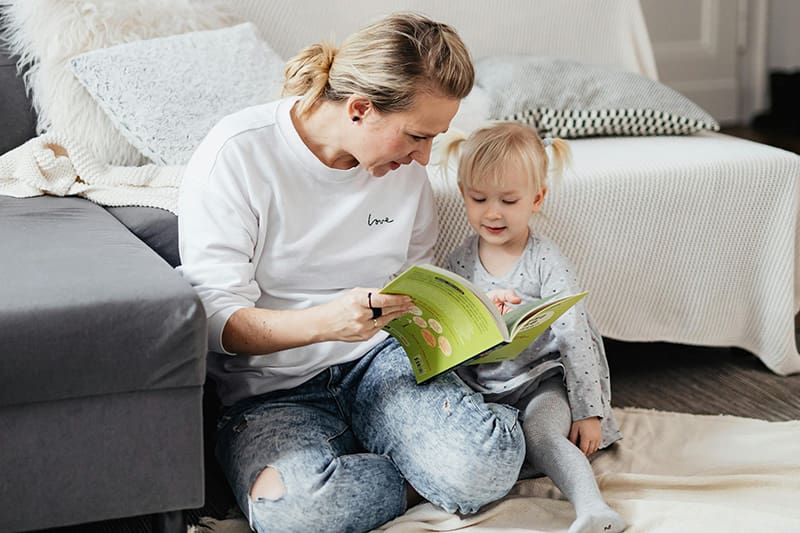To make the /v/ sound, bring your bottom lip up to your top teeth so that they are just touching. The /v/ sound is made with the same mouth positioning as the /f/ sound. The only difference is that the /f/sound is unvoiced and the /v/ sound is voiced. This means that as air moves through the mouth and the teeth for the /v/ sound, it is accompanied by vibrations from the vocal cords as well.
The /v/ sound is one of the later sounds that children begin to develop. Kids usually begin developing the ability to say the sound by around age four and it is still within the normal range of development for them to still work on the sound through age eight. However, if your child still struggles with the /v/ sound past eight years old, it is strongly recommended that you seek the help of a licensed speech-language pathologist as soon as possible. If you can catch a problem early, it will be much easier to fix and will help prevent a small issue from becoming a major setback in the future.
To help stimulate your child’s articulation, try practicing articulation with your child at home. Here are some tips and tricks recommended by children’s speech therapists to try with your little one:
- Verbal cues
When you practice and individual sound with your child, start by pronouncing that sound slowly and clearly for your child so they understand what to focus on and see what you are doing with your own mouth. This also gives them a correct example to imitate. If your child has trouble, have them try starting with the /f/ sound and then adding voice to make the /v/ sound. Gradually, your child will be able to move on to practicing simple syllables, such as “vee, vee, vee,” “voo, voo, voo,” and “vy, vy, vy.”Once your child has mastered these, you can move on to words, sentences, and conversations.
- Visual cues
To draw attention to your own mouth as you correctly form the sound, try a visual cue for your child. Place your four fingers together on your chin and draw them away from your chin as you say the sound. This gesture implies the “blowing” of the /v/ sound. Encourage your child to make the samemotion while he says the sound. Practicing this in a mirror also adds visual feedback for your child.
- Tactile cues
The /v/ sound is voiced, which means your vocal cords vibrate to make the sound. You can feel this vibration by putting your hands on your throat as you say the /v/ sound. Have your child feel your throat and then your own. This helps the child know that they are saying the /v/ sound correctly and toset it apart from the /f/ sound.
- Awesome /v/ Activity
Pretend you and your kiddo are both cars about to compete in a big race. Set a racecourse somewhere in your house, buckle into your imaginary cars, and go! The catch is that the cars aren’t powered by fuel, they are powered by how much the driver says “Vroom!” As you race, the more you say “vroom, vroom, vroom!” the faster your care will go. Have fun zooming around with your child and practicing the /v/ sound at the same time!












